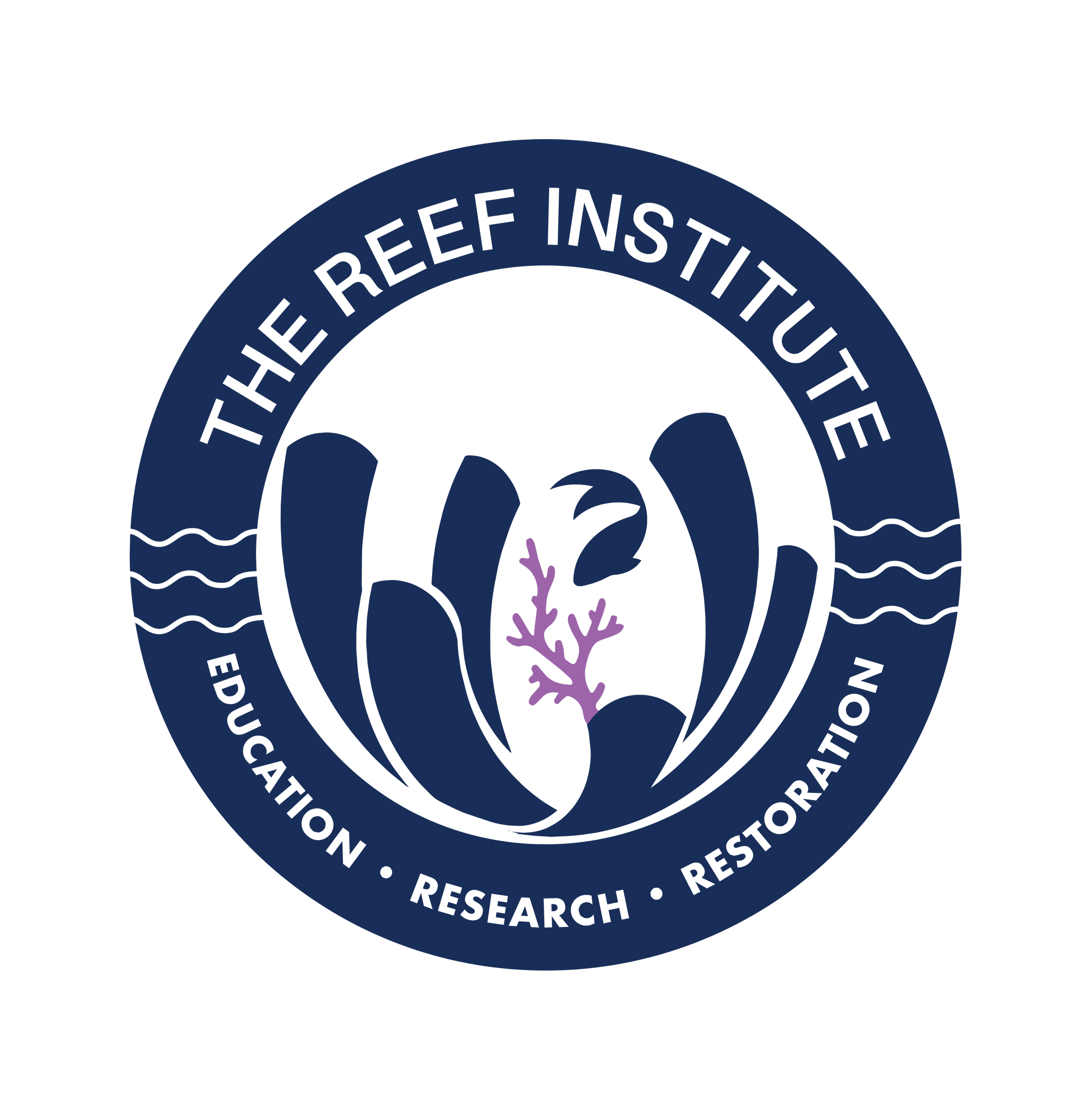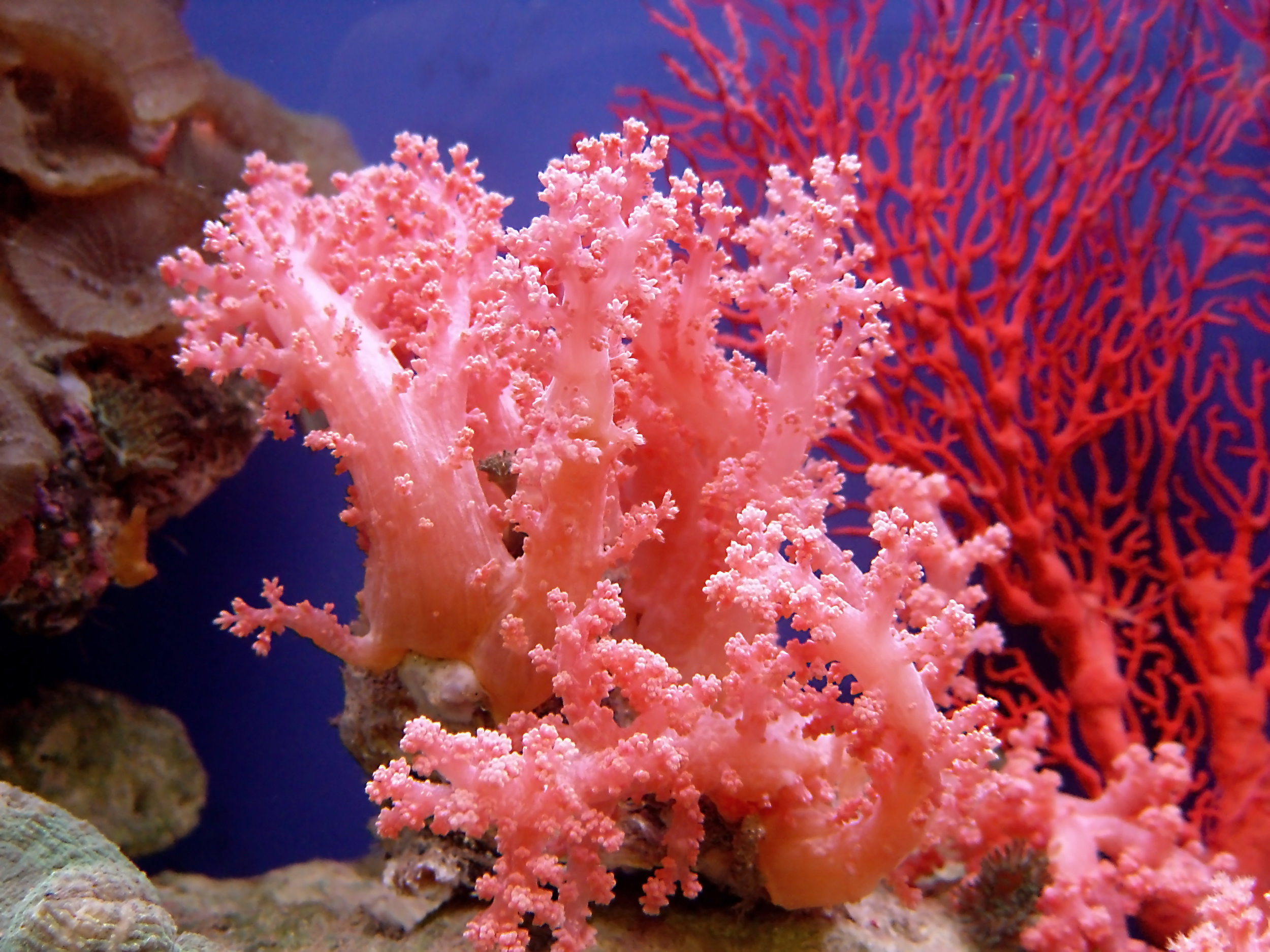Palm Beach County is home to many species of hard corals, reef-building organisms that not only protect our coastlines by breaking up wave activity but that create habitat, adding to a greater diversity and abundance of marine organisms off our shores.
aquarist club and coral database
The latest global coral reef assessment estimates that 19 percent of the world's coral reefs are dead. Aquarists have the opportunity to be part of the solution by joining our Aquarist Club and registering with our coral database network which tracks the health and successes.
Our research internships are available to high school seniors, undergraduate students, and graduate researchers. Currently, The Reef Institute has two research internship options available. Past research projects include the effects of sunscreen on coral reefs and Peanut Island monitoring.
coral monitoring initiative
Peanut Island’s artificial reefs have been growing and propagating coral since 2005. The Reef Institute is identifying fish and coral previously unobserved this far north on the Florida Reef Tract.
spawning and seedbanking
With South Florida’s developmental growth, it has become more important to be create a seed bank of coral that once flourished throughout the Florida Reef Tract. The Reef Institute is part of a consortium to ensure the survival of several coral species.
Research at The Reef Institute is currently focusing on three main initiatives. First,
participation in the Florida Coral Rescue Project. Second, working with Department of
Resource Management, TRI has been monitoring coral health and more recently
biodiversity at Peanut Island in the Lake Worth Lagoon to assist with disease research
along the Florida Reef Tract. Additionally, we are working with Michael Singer Studios
researching materials that can be best used on artificial reefs for best invertebrate
attraction. This project titled, the “Marine Living Structures Initiative,” seeks to create
intentionally designed and material driven structures that can grow living coral and attract
animals living in a coral reef.
The Florida Reef Tract runs approximately 330 - 360 miles from the Florida Keys to Martin
County, FL. Hailing as the third-largest barrier reef globally, it is the only reef system in the
continental US. Some estimates suggest that this reef system continues as patch reefs as
far north as the Carolinas. Coral reefs protect the shoreline from erosion and storm surge as
as well as produce habitat for fish important for the tourism and fishing economy. Florida
Fish and Wildlife Conservation Commission found that, "Coral reefs provide the foundation
for 71,000 jobs and $6.3 billion in sales and income in South Florida."
Unfortunately, Florida's coral reefs are struggling to survive. Rising sea temperatures, ocean
acidification, and disease have all been contributing factors to their decline.
Florida's coral reefs are experiencing a multi-year disease-related mortality event resulting
in massive die-offs of more than 21 species of coral. These include a few that are
Endangered Species Act-listed as well as most of the primary reef-building species. The
disease, Stony Coral Tissue Loss Disease or (SCTLD), was first observed near Virginia Key
in late 2014 and has since spread across Florida’s entire reef system short of the Dry
Tortugas. The best available information indicates that the disease outbreak is continuing to
spread southwest and throughout the entire Caribbean.
The Coral Reef Evaluation and Monitoring Project (CREMP) along with the Florida Fish and
Wildlife Conservation Commission found that over the past 40 years coral cover has
diminished from around 90% to less than 5% along surveyed portions of the Florida reef
system. Several government partners have pulled together to form the Florida Coral Rescue
Team to address issues related to Florida's Coral Reef (FCR). These include NOAA, Florida
Fish and Wildlife Commission (FWC), and Florida’s Department of Environmental Protection
(DEP). This group has developed a long-term plan for coral conservation and restoration
including creating and maintaining land-based coral seed banks and nurseries impervious
to the increasing threats of disease, climate change, hurricanes, and other unforeseen
circumstances.
Using versatile indoor closed systems capable of simulating natural conditions, The Reef
Institute (TRI) is now set up for gene banking, natural spawning, and maximizing coral
growth. The coral systems are capable of controlling chemistry and lighting to perform
research or accelerate growth in amplification schemes for restoration.
Funded by DEP and the National Fish and Wildlife Foundation TRI has built four of these
systems including 16 vats totaling over 3000 gallons. Two original systems built in 2019
currently hold disease endemic zone corals and two comparable new systems provide
biologically secure separation from the original holding space to allow for keeping endemic
zone (non-naïve) and/or pre-invasion zone (naïve) corals for gene banking, research, and/
or amplification. As part of the Association of Zoos and Aquariums (AZA) partnership with
the Florida Coral Rescue Project, the Reef Institute now holds its first round of "rescue
corals" collected from Fisher Island.
The Reef Institute is the first non-AZA long term holding facility as part of the Florida Coral
Rescue Project. Additionally, it is the first holding facility for corals intentionally rescued
within the disease endemic zone. TRI is holding 62 colonies of golfball coral, Favia fragum,
representing all of the colonies of this species in the Florida Coral Rescue Project.
The Reef Institute currently has the infrastructure in place for both coral hospital and
quarantining systems outside of these main 4 systems. These systems allow for receiving,
quarantine, and treatment of corals while minimizing potential disease spread to other
resident colonies.
Projects:
Project



